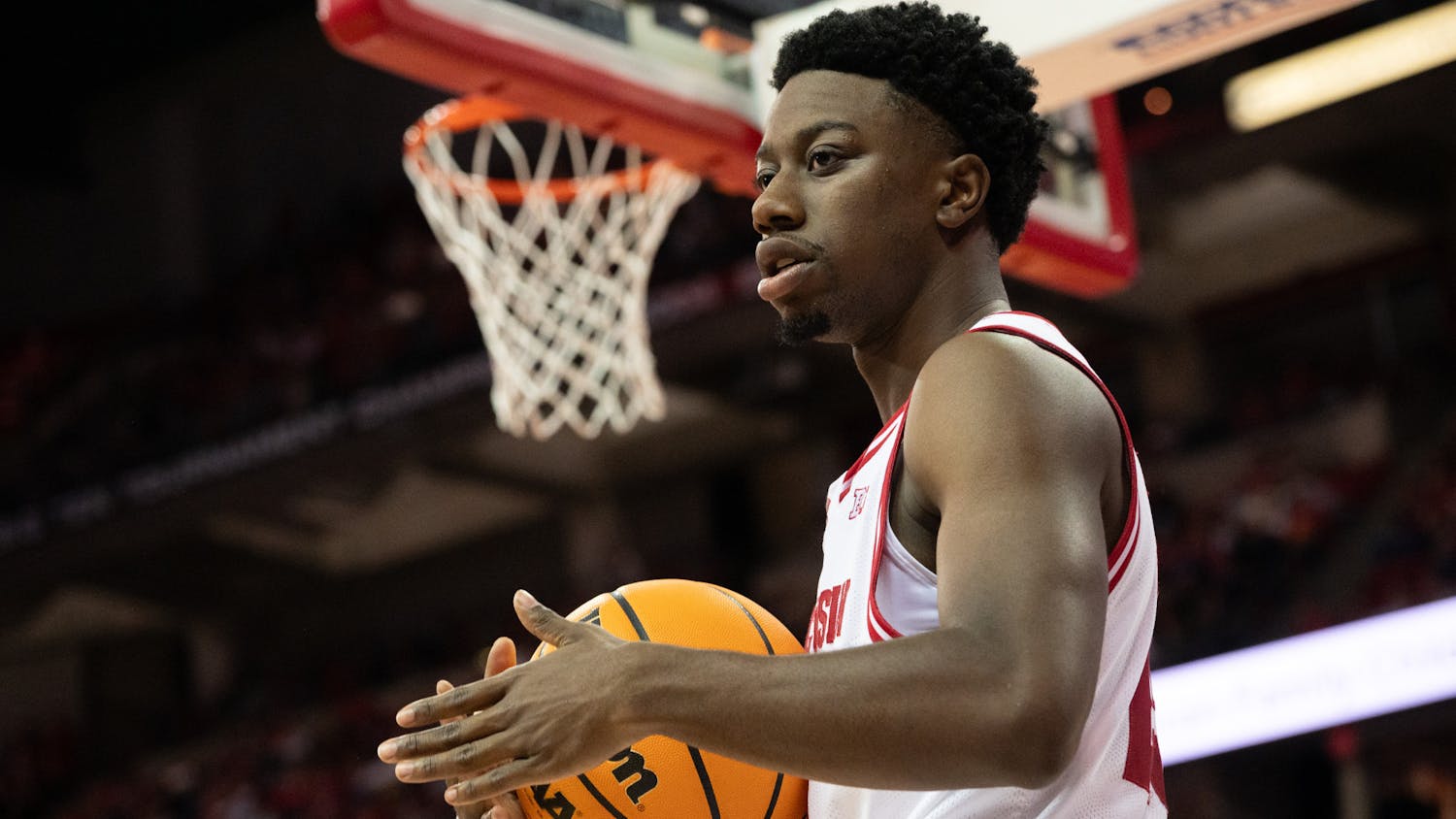A recent discovery by University of Wisconsin-Madison associate professor Prashant Sharma and postdoctoral researcher Guilherme Gainett revealed more information about daddy longlegs, the arachnid family members known as “harvestmen,” that unlocked secrets about the species’ evolution with the discovery of two new pairs of eyes.
“The understanding was that they always have a maximum of one pair of eyes,” Sharma said. Specifically, Sharma said these two eyes were median eyes, which in spiders are for creating sharp images.
But Sharma and Gainett’s research discovered that spiders don’t have just one pair of eyes. They have three.
Sharma said a fossil was discovered in 2014 that revealed a harvestman with not one, but two pairs of eyes. Following this discovery, Sharma said researchers had assumed that the second pair of eyes, the lateral ones, were lost.
“That suggests that, like most other groups of arthropods, daddy longlegs started out with two pairs of eyes, but they lost one pair along the way,” he said.
Shockingly, this was not the case.
More recently, when they began looking at the genes that were important to other animals, they found opsin proteins in the lateral part of the daddy longlegs’ head, Gainett said.
“We started seeing expression of these genes in the region where those lateral eyes should have been,” he said.
Daddy longlegs are among the oldest terrestrial animals, with the earliest fossils dating back to nearly 420 million years ago. Gainett added that daddy longlegs are part of a group of arachnids called Opiliones, which don’t spin silk and don’t have venom.
But the researchers’ discovery implies harvestmen have been around for 75-100 million years longer than previously thought, according to Sharma. He said they were likely a part of an established ecosystem as far back as the Devonian period.
But that’s not all. Sharma said the third pair of eyes they discovered, the rudimentary median eyes, are important from an evolution of vision standpoint. Rudimentary median eyes are only known to occur in two other groups of animals in the anthropoid division: horseshoe crab embryos and sea spiders, according to Sharma.
Additionally, Gainett said the common ancestor of horseshoe crabs and daddy longlegs likely had four pairs of median eyes, and one pair was reduced.
Gainett, now a postdoctoral researcher at Harvard Medical School, said he looks forward to studying how lateral eyes changed in spiders and horseshoe crabs. He also hopes to discover whether these new pairs of eyes have a function. Sharma said he is planning to study what type of molecules are prioritized in different harvestman eyes.
“I think it’s fascinating that it’s 2024, and we’re still learning about basic things, like how many eyes this animal has,” Gainett said.
Lindsay Pfeiffer is the science editor for The Daily Cardinal.






